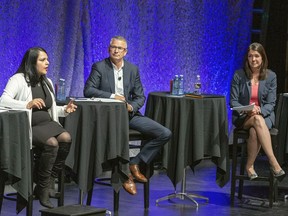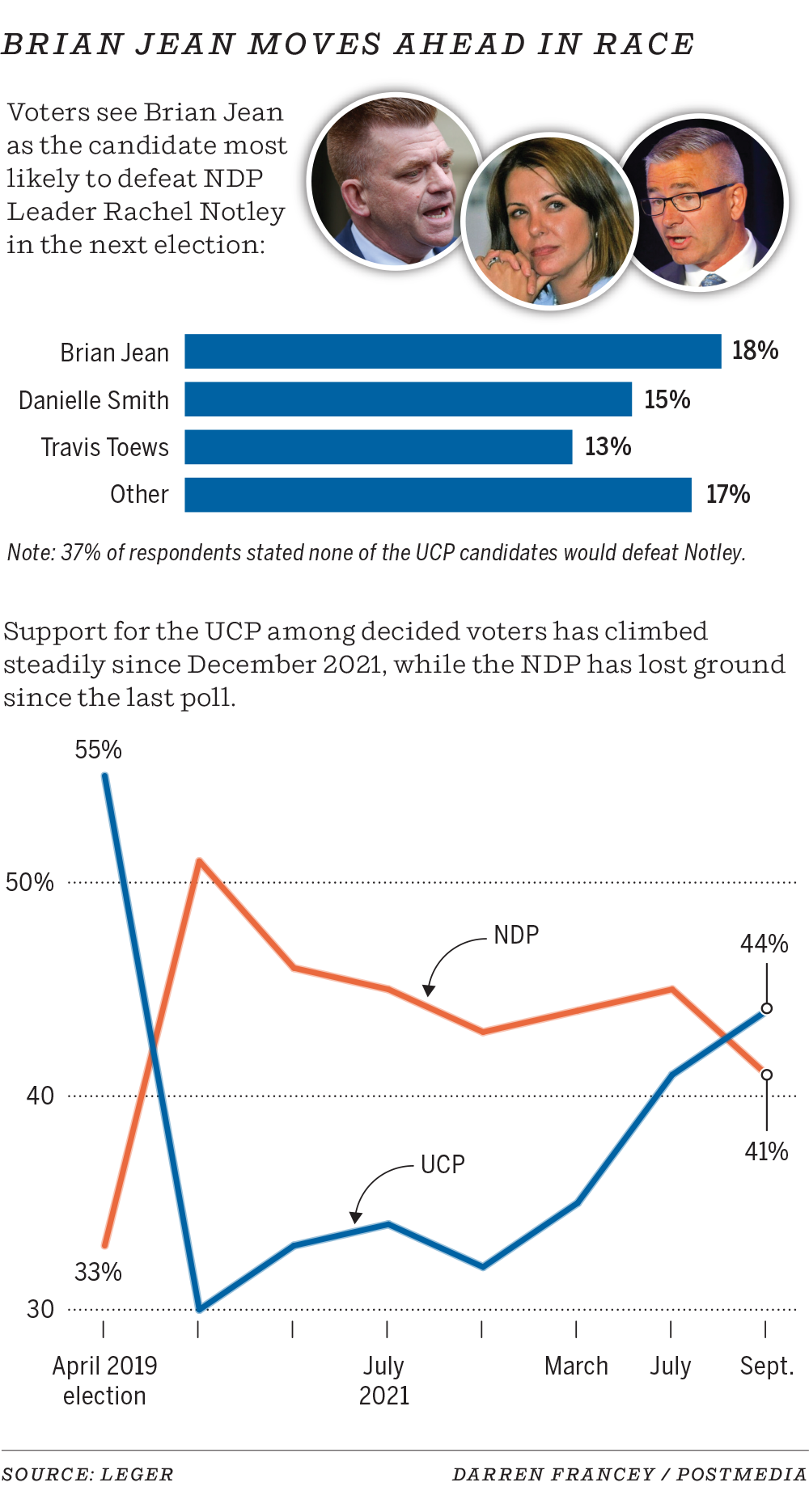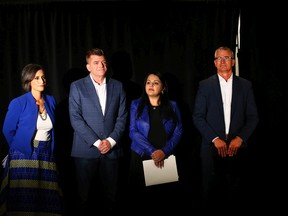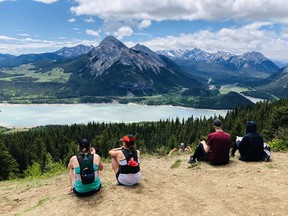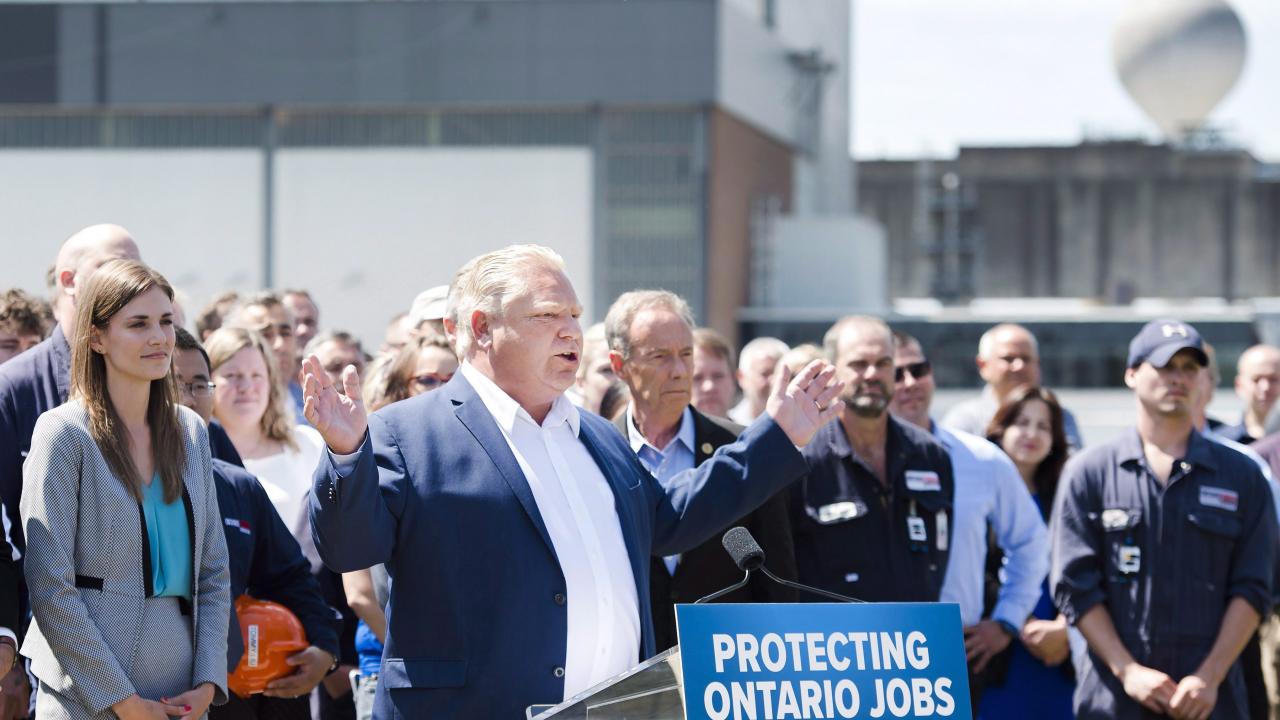Unions winning hefty increases as Bank of Canada chief warns employers not to dole out whopping, multi-year salary hikes
Author of the article:Joe O'Connor
Publishing date: September 2, 2022 •
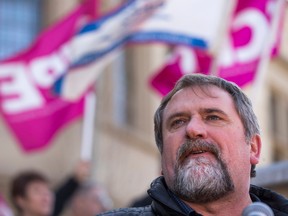
Article content
Mark Hancock thought he wanted to become a teacher, a career path he imagined would be a much better fit than the two potential avenues his high-school’s aptitude test spat out.
“The test came back with funeral director or hotel manager,” he said, from his hometown of Port Coquitlam, B.C., where he’s sitting in a one-bedroom apartment that has a bare bones home office three steps from the coffee maker in one direction, and three steps from the balcony, where the 57-year-old heads for cigarette breaks between work calls.
Hancock never did become a teacher. But as national president of the Canadian Union of Public Employees (CUPE) — the country’s largest union with more than 700,000 members — he represents the interests of tens of thousands of education workers as well as paramedics, health-care workers, airline staff, librarians, hydro crews and municipal employees, right down to the “rink rats” who keep the teenage “hooligans” in check during public skating hours on city rinks
“I did a couple years on rink patrol,” he said. “We had these ugly green jackets, so people could tell us apart from the other teenagers.”
These days, the union leader’s work outfits tend towards comfy blue jeans, running shoes and a collared short-sleeve shirt. For more formal occasions, such as labour conferences, he’ll layer on a dark-coloured sport coat worn with a sort of rumpled, working-person’s pride — minus, of course, a tie.
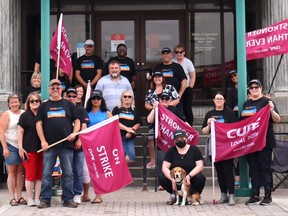
Those clothes are going to be logging some serious mileage in the months ahead as unionized workers — CUPE’s and otherwise — and those who employ them haggle out the particulars of new collective bargaining agreements in a super-charged inflationary time, the likes of which haven’t been seen since the 1980s, when the annual consumer inflation rate often exceeded five per cent.
Ever since, inflation has seldom strayed outside the Bank of Canada’s targeted range of one to three per cent. Labour negotiations came and went. Unionized workers got annual raises of two and sometimes one or even zero per cent.
All was well enough until a pandemic happened, supply chains snarled, consumer demand built up and then boiled over and fuel prices soared. Now we’re fretting over grocery bills and practically fainting at the pumps, as the year-over-year consumer price index rose 7.6 per cent in July, after rising 8.1 per cent in June.
“I think you have to put this in the whole context of workers and frustration,” Hancock said. “We lived through the pandemic — and I retreated to my apartment and did my best to help bend the curve — but so many other workers, union and non-union workers, kept going to work. Workers have had enough.”
Take the 55,000 CUPE education sector workers in Ontario — bus drivers, custodians, early childhood educators, just about everybody except teachers and management — who are calling for an annual wage hike of 11-plus per cent in negotiations with the provincial government. Or else.
Workers have had enoughMARK HANCOCK
The government is offering two per cent a year for the next four years for those making less than $40,000, and 1.25 per cent for the rest. The potential for labour Armageddon is in the air, and that’s just one situation in Ontario.
Hancock isn’t afraid of a good scrap, but he’s also old enough to remember the 1980s when inflation was last a major issue. Construct a graph charting the course of inflation versus wage negotiations through the 1970s and 1980s and what emerges is a pattern of generally higher wage settlements in high inflation years.
“It is never 100-per-cent compensation,” Anil Verma, an industrial relations professor at the University of Toronto’s Rotman School of Management, said. “But, historically, if inflation is up five per cent, the union might win a three- or 3.5-per-cent wage increase.”
A lot can depend on where the bargaining starts, and who it involves. Consider the case of Toronto’s aquatics staff, a.k.a. lifeguards, swimming instructors, kiddie pool minders and outdoor pool staffers, who generally skew from teens to university-age in profile.
Lifeguard certification programs shut down when the world shut down in March 2020. The potential crop of new lifeguards and swim instructors, who typically replenish the ranks of those who age out and move on, dried up, as did wading pool staff. Stir in what tend to be unbearably hot and humid Toronto summers, and the lifeguard shortfall was the perfect situation for CUPE to request the city review their wages earlier this year.
Without a hostile shot being fired, the winner was … the lifeguards, who, as they survey the pool in their mirrored sunglasses this Labour Day weekend, are earning $21.19 an hour, up from $17.80. That’s a 19-per-cent increase in pay.
And the lifeguards aren’t the only ones getting paid.
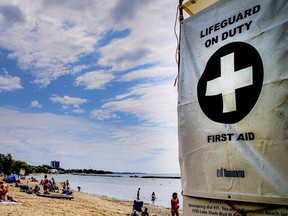
Thousands of private-sector janitors in Ottawa won a 6.4-per-cent hike in year one of a new deal struck in July. Federal government data that tracked seven major union settlements from March and April showed an annual average wage increase of 3.1 per cent, which is almost double what unionized workers were signing up for between March 2020 and January 2022.
“These are human services,” Verma said. “And I expect with human services, like health care and like lifeguards, where the demand for them is strong, that employers should be willing to pay them more.”
Emphasis on “should be.”
One of the things that most worries Bank of Canada governor Tiff Macklem, as he related during a July 14 panel discussion with the Canadian Federation of Independent Business, is creating a dreaded wage-price spiral.
At a macroeconomic level, some wage increases are self-defeating for labour unionsANIL VERMA
It starts like this: To attract workers, businesses begin upping wages and then pass the cost of those hikes onto consumers. Higher wages stoke consumer demand, so prices go up even more. Then wages go up again, prices follow and the entire wage-price shooting match starts spiralling out of control in a self-perpetuating cycle.
“At a macroeconomic level, some wage increases are self-defeating for labour unions, because if you become very successful in gaining wages, that adds to the inflation, and then the inflation brings the economy back to where you started,” Verma said.
Macklem’s advice to CFIB members in July was to allow inflation a couple years to get back to his comfort zone of about two per cent, and to beware of doling out whopping, multi-year salary increases to workers.
Hancock’s response to the central-banker’s wage-spiral cautionary messaging to business: “It is BS, and Macklem should stay in his own lane.”
His point? Nobody, not even a brainy economist, has a crystal ball capable of foretelling with certainty when inflation will find its way back to the central bank’s two-per-cent happy place.
Macklem should stay in his own laneMARK HANCOCK
In the meantime, there is plenty of contract negotiation to be done, and the high inflationary era of bygone years may offer a useful guide on how best to keep the labour peace.

Consider COLA, not the soda but cost-of-living-adjustment clauses. COLAs were commonplace in most collective bargaining agreements in the 1970s and 1980s, according to Statistics Canada. If inflation ticked up to six per cent in, say, year two of a contract deal where workers were slated for a three-per-cent raise, a COLA clause would bump it to four per cent.
Stable inflation all but did away with such clauses, but that doesn’t mean there isn’t a place for them at the negotiating table again.
Another potential way to tackle things, Hancock said, is to shorten the contract term. Doing so means more work for negotiators, and likely more year-to-year uncertainty on both sides of the bargaining table. But if 2022 truly is an inflation anomaly, then pounding out a one-year deal and seeing what happens 12 months from now may just make the most sense.
“There are solutions there, and you don’t have to look outside the box — you have to look into the box — and see what it used to look like,” Hancock said.
Pretty wise words from a guy who, once upon a time, figured he’d become a teacher, but caught on as a rink rat and got bitten by the union bug instead.
• Email: joconnor@nationalpost.com | Twitter: oconnorwrites



